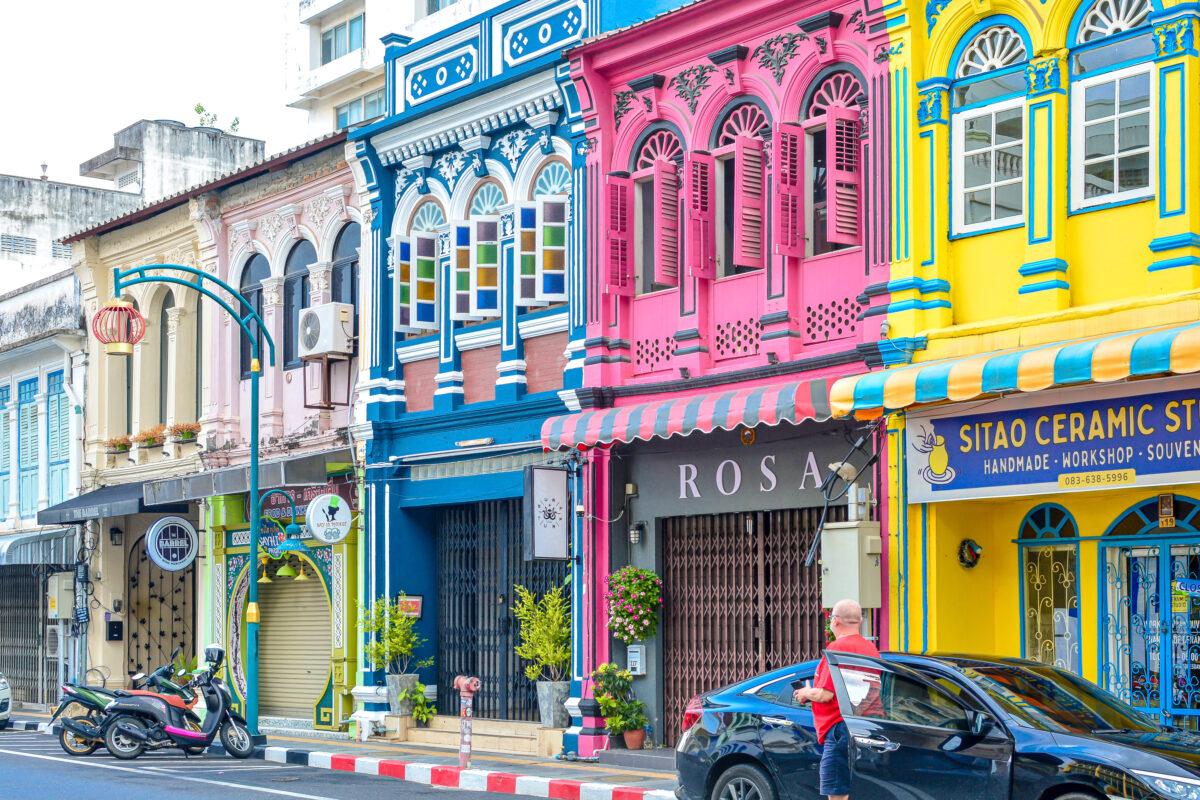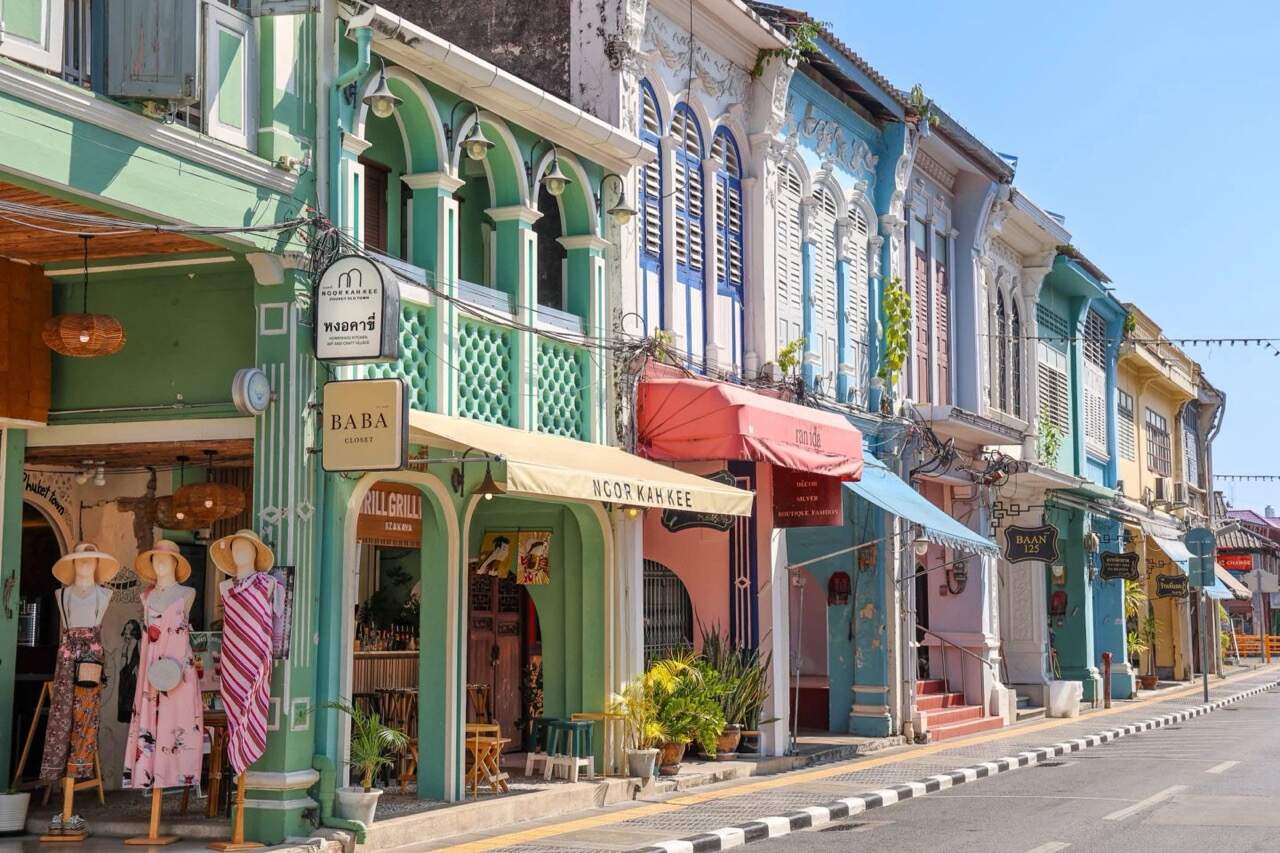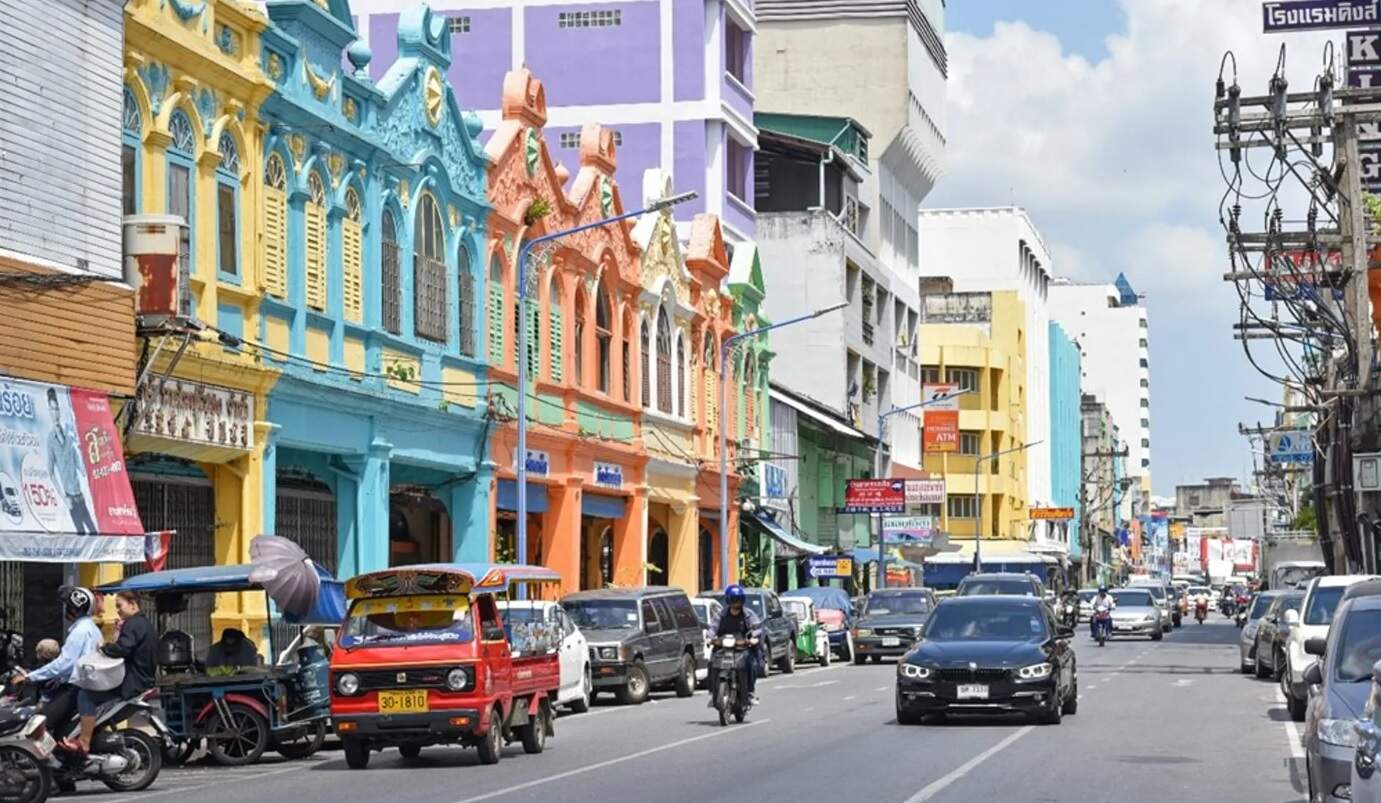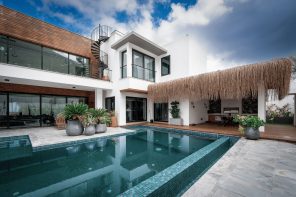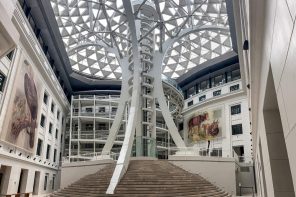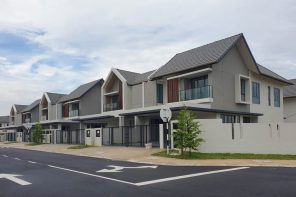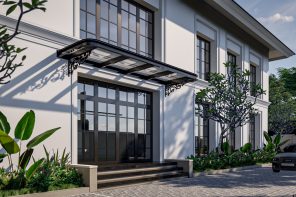Ever wondered about the stories etched into the walls of Southeast Asia’s most charming old towns? In George Town, Penang, more than 3,600 heritage buildings are preserved within its UNESCO-listed core, many of them showcasing the unique Sino-Portuguese style, as noted on the George Town page of the UNESCO World Heritage Centre.
Singapore’s Chinatown, highlighted by the Urban Redevelopment Authority, features hundreds of conserved shophouses that carry the same architectural spirit. Over in Phuket Old Town, the Tourism Authority of Thailand lists more than 180 officially registered heritage buildings that echo this East-meets-West design.
These structures blend Chinese craftsmanship with European grandeur—an architectural expression deeply rooted in the lives of the Peranakan communities, the descendants of Chinese immigrants who harmonized their heritage with local Malay and Indonesian cultures. As these communities flourished, Sino-Portuguese architecture grew alongside them, leaving a vibrant, unmistakable mark on Southeast Asia’s historic urban centers.
The Genesis of a Beautiful Fusion
Our architectural journey begins in the 16th century with the arrival of Portuguese traders in Asia. They set up powerful maritime strongholds, notably in Macau and later, the bustling port of Malacca. These places quickly became incredible melting pots where Chinese merchants, incredibly skilled artisans, and local communities mingled freely with Portuguese administrators, missionaries, and settlers.
Now, the Portuguese, keen on establishing permanent homes and making their trade networks smoother, brought with them a distinct European architectural flair. Think classical columns, elegant arched windows, intricate plasterwork, and a preference for symmetrical facades – very grand, very European! But here’s where it gets interesting: building in a new climate presents its own unique challenges. There were local materials to consider, and more importantly, the incredible expertise of Chinese craftsmen.
So, Chinese building techniques, often featuring sturdy timber frames, those wonderfully distinctive rooflines, and a clever emphasis on natural ventilation, began to gracefully merge with these European aesthetics. This initial blending, which you can see in the early shophouses and residences, really set the stage for what we now lovingly call the recognizable Sino-Portuguese style. It was a true collaboration, born out of necessity and a shared desire for functional beauty.
Where East Meets West: Sino-Portuguese Hotspots
The most breathtaking examples of Sino-Portuguese architecture truly shine in places where Peranakan culture flourished, adapting beautifully to each local context. Let’s take a peek at some of these architectural treasures:
1. Malaysia: George Town’s Living Museum
Malaysia, particularly the UNESCO World Heritage Site of George Town in Penang, is an absolute gem when it comes to Sino-Portuguese architecture. Walking its streets feels like stepping into a living museum of Peranakan shophouses. These buildings are often narrow but incredibly deep, a clever design that usually includes inner courtyards to welcome light and air. Their facades are a delightful riot of Chinese earthenware tiles, delicate floral carvings, and charming pastel color schemes, all harmoniously interspersed with Portuguese-inspired arches, elegant pilasters, and ornate plasterwork. And let’s not forget those distinctive “five-foot ways” – covered walkways that are both incredibly practical (offering shelter from sun and rain) and aesthetically pleasing, inviting you to linger and admire.
2. Singapore: A Subtle Grandeur
Similarly, Singapore also boasts a significant collection of Sino-Portuguese buildings, primarily nestled within its historic Chinatown district. At first glance, you might think they’re purely Chinese structures, but look a little closer, and you’ll discover the subtle yet undeniable Portuguese influences. They’re there in the fenestration (the arrangement of windows), the decorative elements, and the overall rhythmic elegance of their facades. You can even spot a few similarly styled buildings in Arab Street, further showcasing just how cosmopolitan early Singaporean urban development truly was.
While these structures often maintain their functional shophouse layout, they exude a grander, more ornate sensibility, reflecting the aspirations and growing prosperity of the Peranakan merchants who called them home.
3. Thailand: The Charms of Phuket Old Town
Venturing a bit further afield to Thailand, the charming Old Town in Phuket offers another exquisite display of Sino-Portuguese architecture. The buildings here, often two or three stories high, are instantly recognizable by their elegant arcades, graceful arched doorways, and richly decorated facades. They frequently feature intricate plasterwork, often depicting mythological creatures or beautiful floral motifs, alongside brightly painted wooden shutters that add a splash of color.
The striking resemblance between these buildings and those found in George Town and Singapore is truly fascinating, often leading visitors to playfully mistake buildings from one location for another. This shared architectural language beautifully underscores the interconnectedness of these early trading ports and the widespread adoption of the Sino-Portuguese style within the Peranakan diaspora, creating a visual thread that links these vibrant communities.
Related article: Phuket – Your Next Luxury Travel Destination
Restoration and Preservation
In recent decades, there’s been a truly heartwarming movement towards the ongoing restoration of Sino-Portuguese buildings in these countries. It’s wonderful to see how much people now recognize the immense cultural and historical value of these structures. Governments, dedicated heritage organizations, and even private owners have invested in meticulous conservation efforts. These projects aren’t just about preserving the physical integrity of the buildings; they’re also about breathing new life into them.
Many are being beautifully repurposed as boutique hotels, charming cafes, vibrant art galleries, and bustling cultural centers. This renewed appreciation ensures that the unique aesthetic and the incredible historical narrative embedded within these structures continue to be celebrated and understood by future generations. It’s a testament to how much we value our shared heritage.
A Lasting Legacy: More Than Just Buildings
Sino-Portuguese architecture, then, is far more than just a historical curiosity. It’s a living testament to the dynamic interplay of global forces and ingenious local adaptations. It represents the enduring legacy of bustling maritime trade, vibrant cultural exchange, and the remarkable resilience and adaptability of the Peranakan communities.
Having bravely weathered the tides of history, from colonial rule to rapid modernization, these buildings stand proudly as distinct hallmarks of Southeast Asian style. They are a beautiful and tangible reminder of a rich and multifaceted past that continues to beautifully shape the region’s unique and captivating identity.
So next time you see a Sino-Portuguese building, take a moment to appreciate the incredible stories it tells – stories of harmony, adaptation, and enduring beauty.
–
Featured Image by Withlocals

